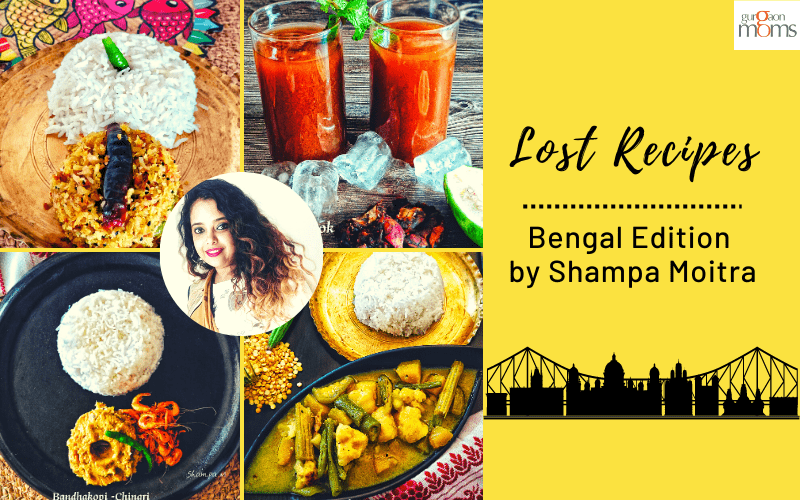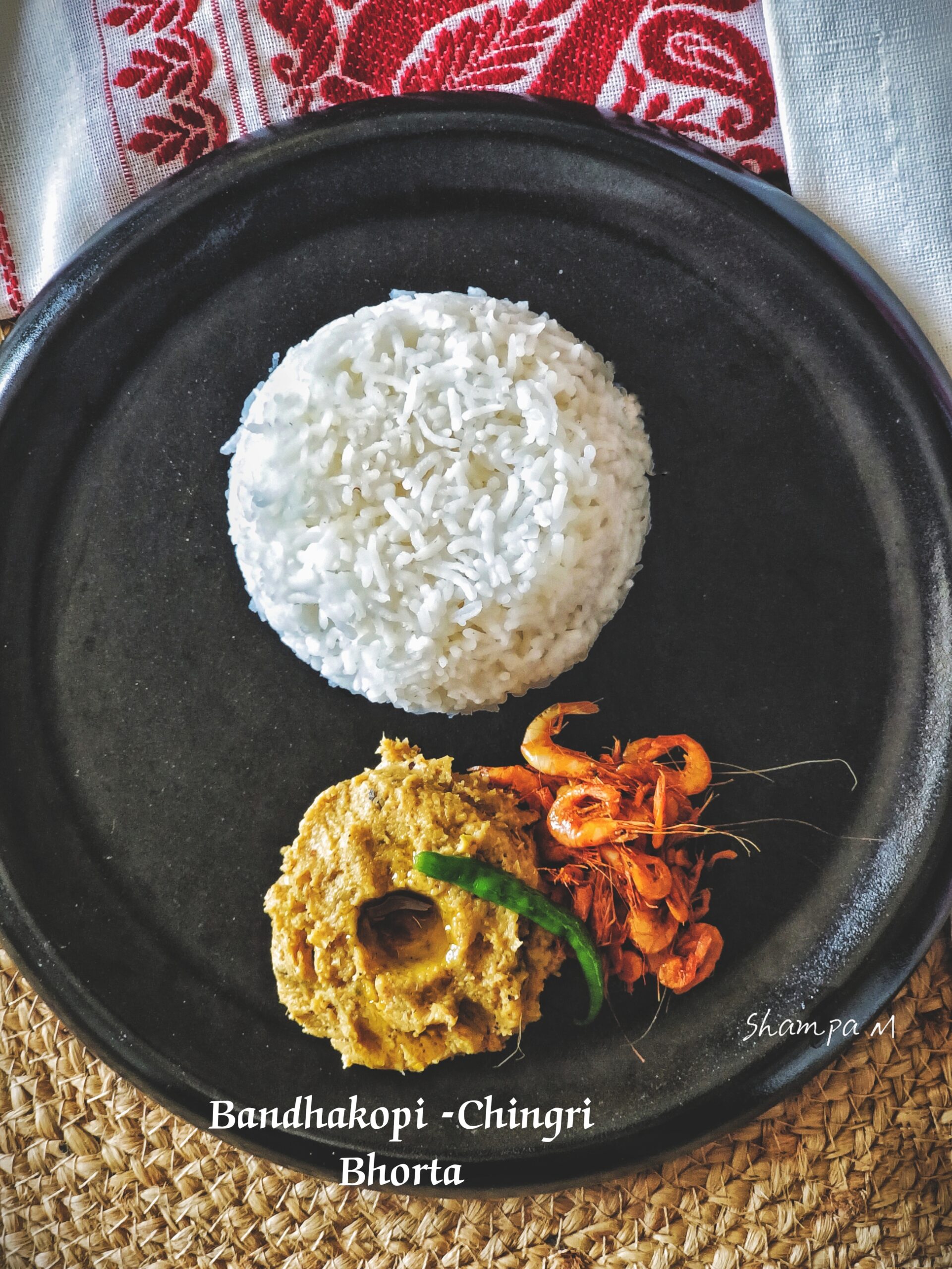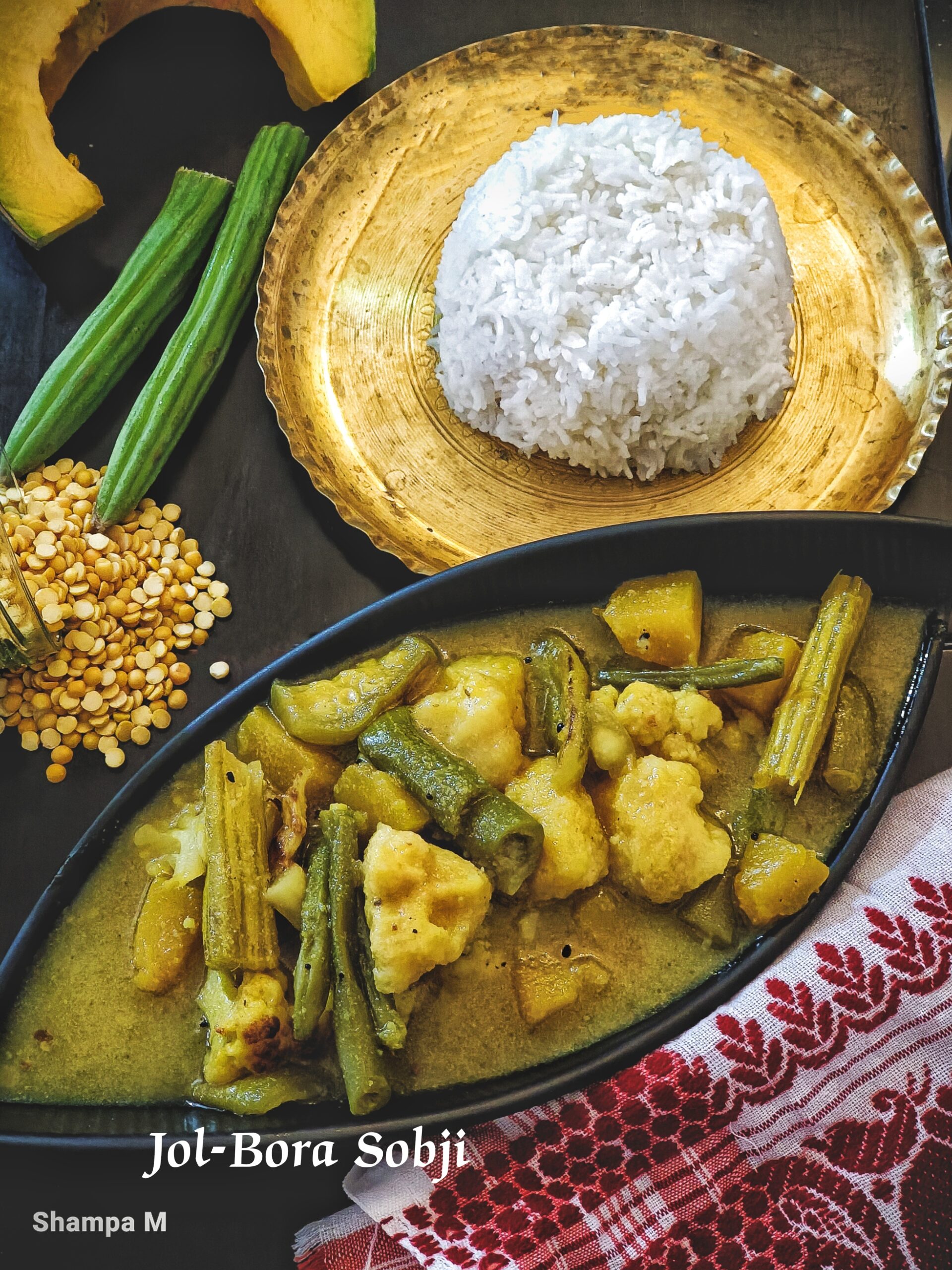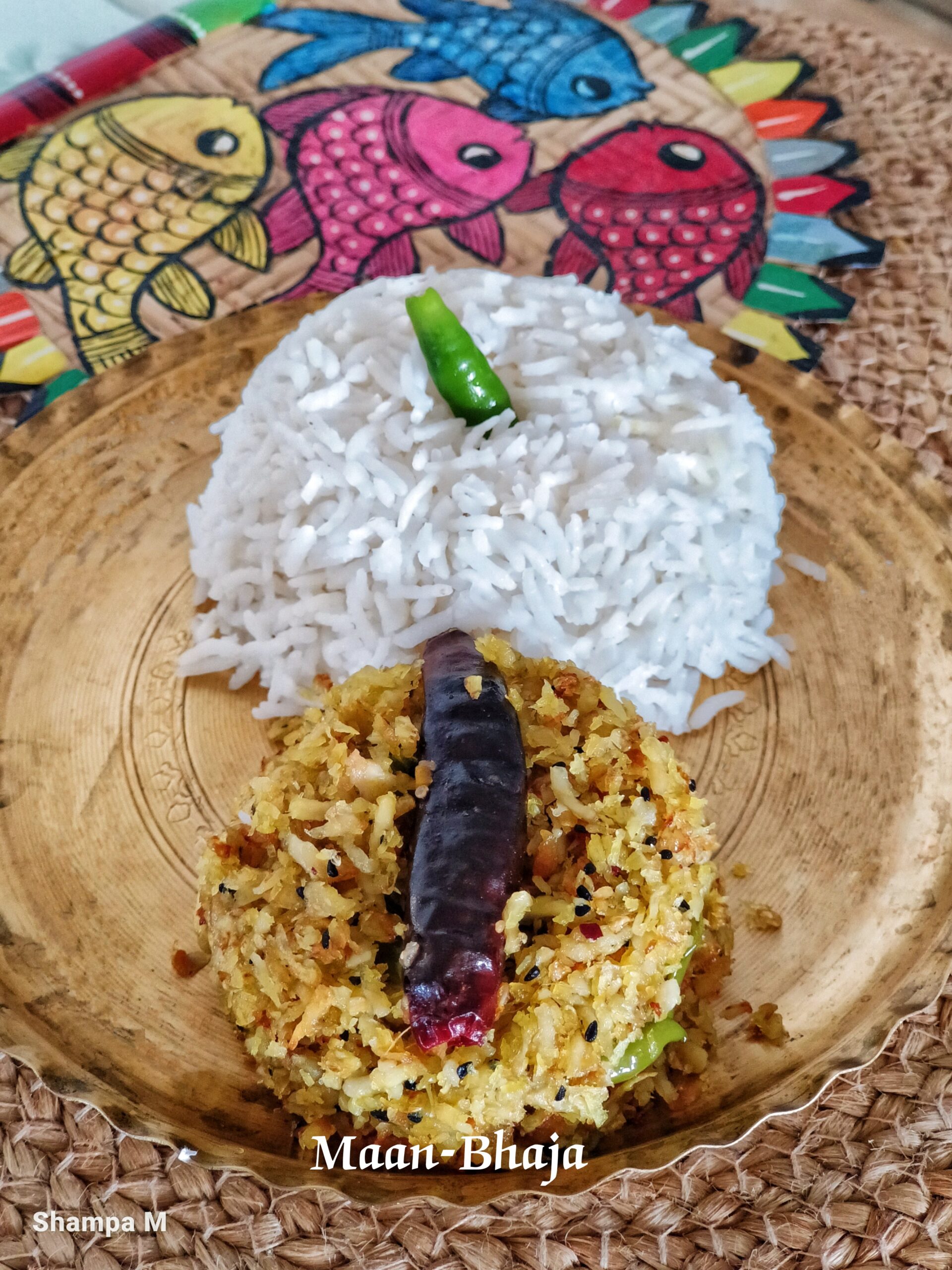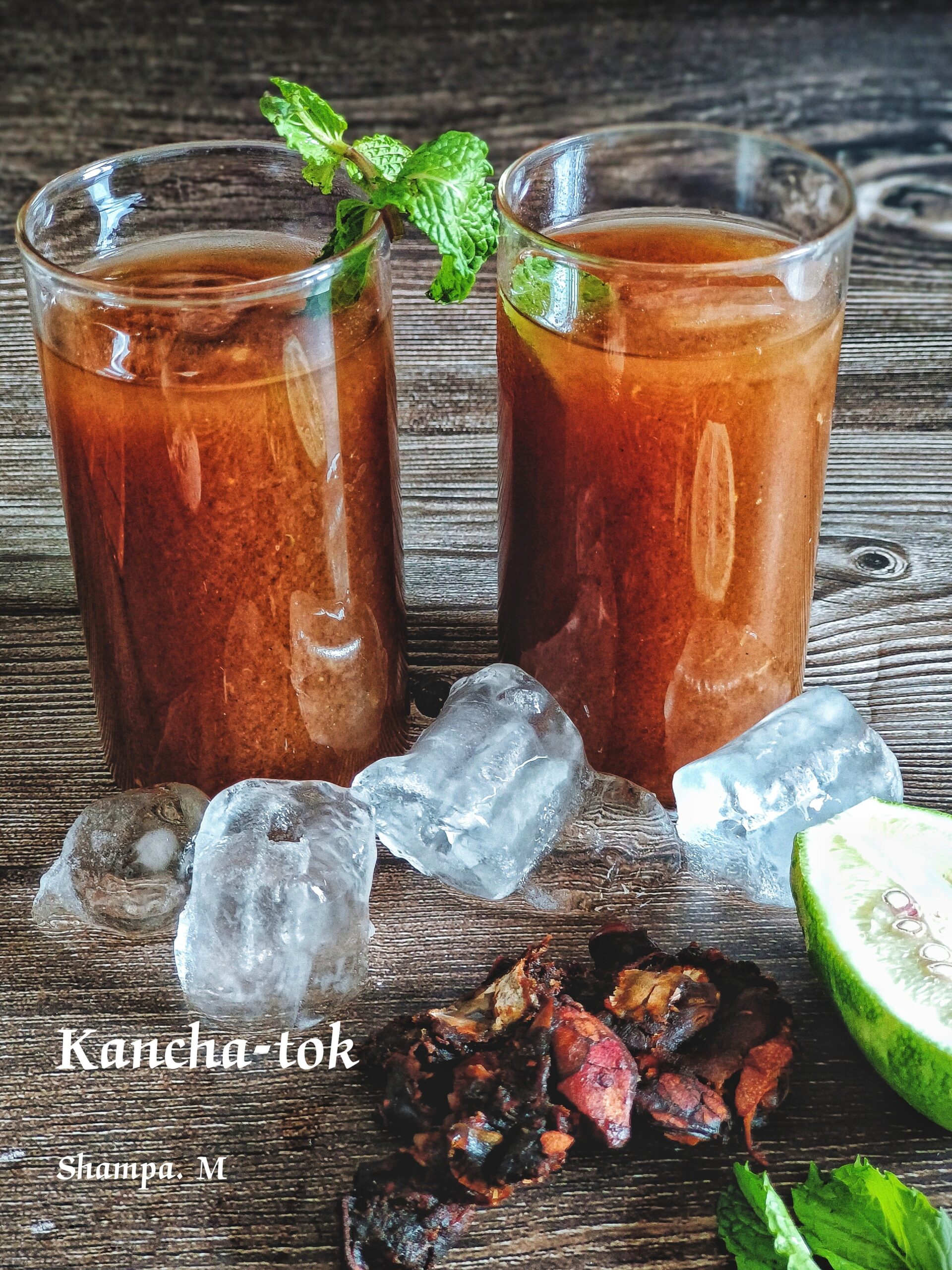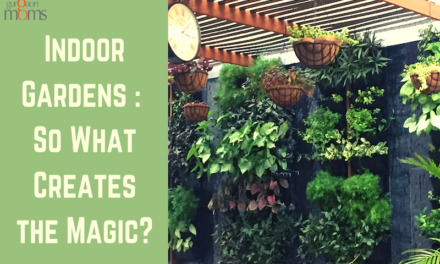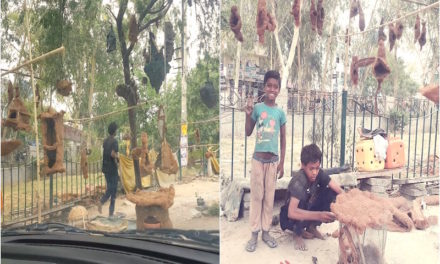Bengali recipes have evolved over centuries. The influence of Muslim invaders or British rulers was prominent in many recipes. Bengal has seen partition, migration, famine, riots, and what not! And all these have influenced Bengali gastronomy immensely!
Bengalis being essentially foodies by heart and soul, a one-pot meal is not a very Bengali thing. We love full courses. Some sides include daal, fish, etc. With our staple – rice.
Often, there would be situations when the lady in the kitchen would have to make do with the very limited resources she had. There could be only potatoes left. And then she would think about how she could manage more than one dish with the same So she would cook some sabzi with the potatoes and wouldn’t even discard the peels; she would come up with some interesting recipes with the peels as well.
This is how necessity leads to many innovative recipes in Bengali households, where a vegetable’s peel is also often not discarded but rather turned into interesting recipes from bhaja to bora to bhorta and what not!
Sharing one such recipe:
Bandhakopi-Chingri-Bhorta
(Cabbage and shrimp bharta)
Recipe:
- Cut and steam the outer leaves of a cabbage.
- Heat mustard oil and fry red chillies, two spoonfuls of peanuts, 10–12 garlic cloves, a handful of small shrimp, and two green chillies separately.
- Now let all this cool a bit. Then blend them together into a smooth paste.
- Add the tempering of kalonji to the remaining oil, add this paste and salt to taste, and fry until it dries up a bit.
- Have it with steamed rice and a drizzle of mustard oil.
Motor Daal – JolBora Sabji
(Bengal Split pea lentils dumplings cooked in a veggie stew)
Motor daal is found only in Bengal. There are many unique Bengali recipes cooked with this variant of daal. It is not the same as the matar we eat with kulcha.
This traditional recipe is Matar dal Jol Borar Sobji: Matar daal dumplings cooked in a veggie stew. Yes, these vadas are not fried; they were cooked along with vegetables in a watery stew gravy.
Recipe:
- Soak motor daal or moong daal overnight.
- Blend it into a smooth paste without adding water. It will be a tight paste, not flowy. This paste is critical for the recipe.
- Now whip it very well with your hand to make it light and smooth.
- Heat mustard oil in a pan.
- Add the tempering of kalonji, red chilli, and hing.
- Now add veggies (parwal, eggplant, ridge gourd, pumpkin, drumstick, sweet potato, etc., all cut into one and a half-inch pieces).
- Stir and cover to cook.
- Later, add salt and a pinch of turmeric.
- Stir and add a big cup full of water (500–600 ml). Cover and cook.
- When the veggies are soft and almost done, add small dumplings of daal carefully to the gravy.
- Now cover it and let it come on for 5-7 minutes.
- Now turn the vadas and let them cook for a while.
- Once done, add a small spoonful of ghee and green chillies.
- Cover it and let it stand for a while.
- Your Jol Bora sobji is ready.
- This tastes best with steamed rice.
Maan Bhaja
(Maan Kochu: Taro root or elephant ear yam—we Bengalis cook different dishes from this vegetable/ root)
I am sharing a not so common one: Maan Bhaja.
Grated Maan (elephant ear yam or taro root) , grated coconut,green chillies and nothing else.
The majority of Bengali recipes revolve around using the flavour, texture, and taste of the vegetables and fish with fewer spices; the use of spices is to enhance the taste, not to create it!
This dish is all about taste and texture. The nuttiness of Taro root and the texture of coconut go really well. We eat it more as a starter with rice for lunch.
Recipe:
- Grated Maan Kochu should be strained through a muslin cloth to squeeze out all the water; otherwise, it might lead to itchiness in the throat.
- Heat mustard oil and add kalonji and red chilli for tempering.
- Then add grated and strained maan kochu (taro root), salt, and a little turmeric powder.
- Fry for a while.
- Then add grated coconut (half the quantity of taro root) and keep frying.
- We add a little sugar, too. It helps the coconut and taro turn colour and enhance the taste
Kancha Tok
(A traditional Bengali drink made from tamarind pulp, Gondhoraj lime, rock salt, jaggery, roasted cumin powder, and green chilli)
A great summer cooler… My grandma used to make it for an afternoon cooler.
Recipe:
- Soak tamarind and gur with gondhoraj leaves for a few hours.
- Now throw in a green chilli, mash the pulp, and strain it.
- Add rock salt and roasted cumin powder.
- Enjoy it chilled with lots of ice.

